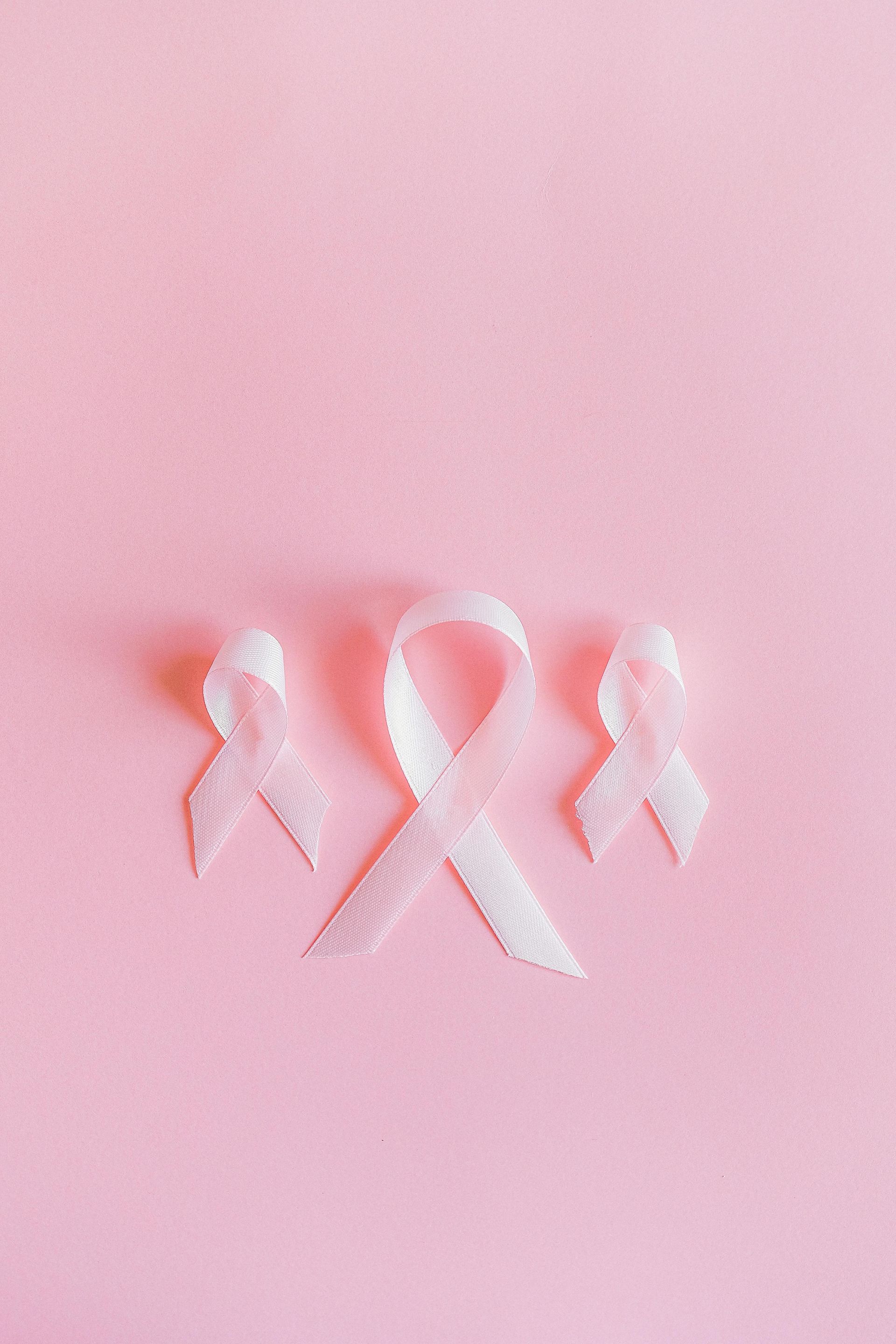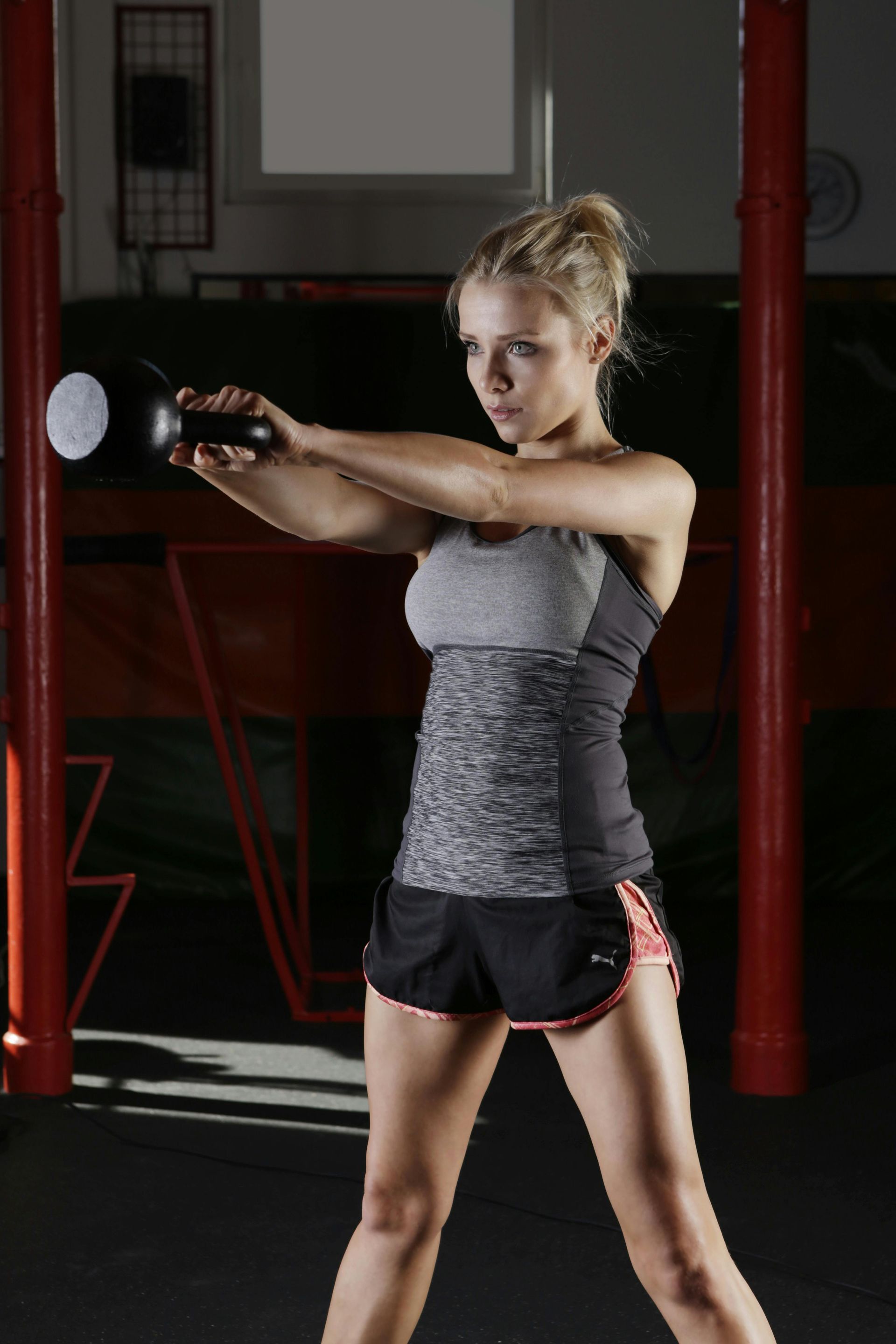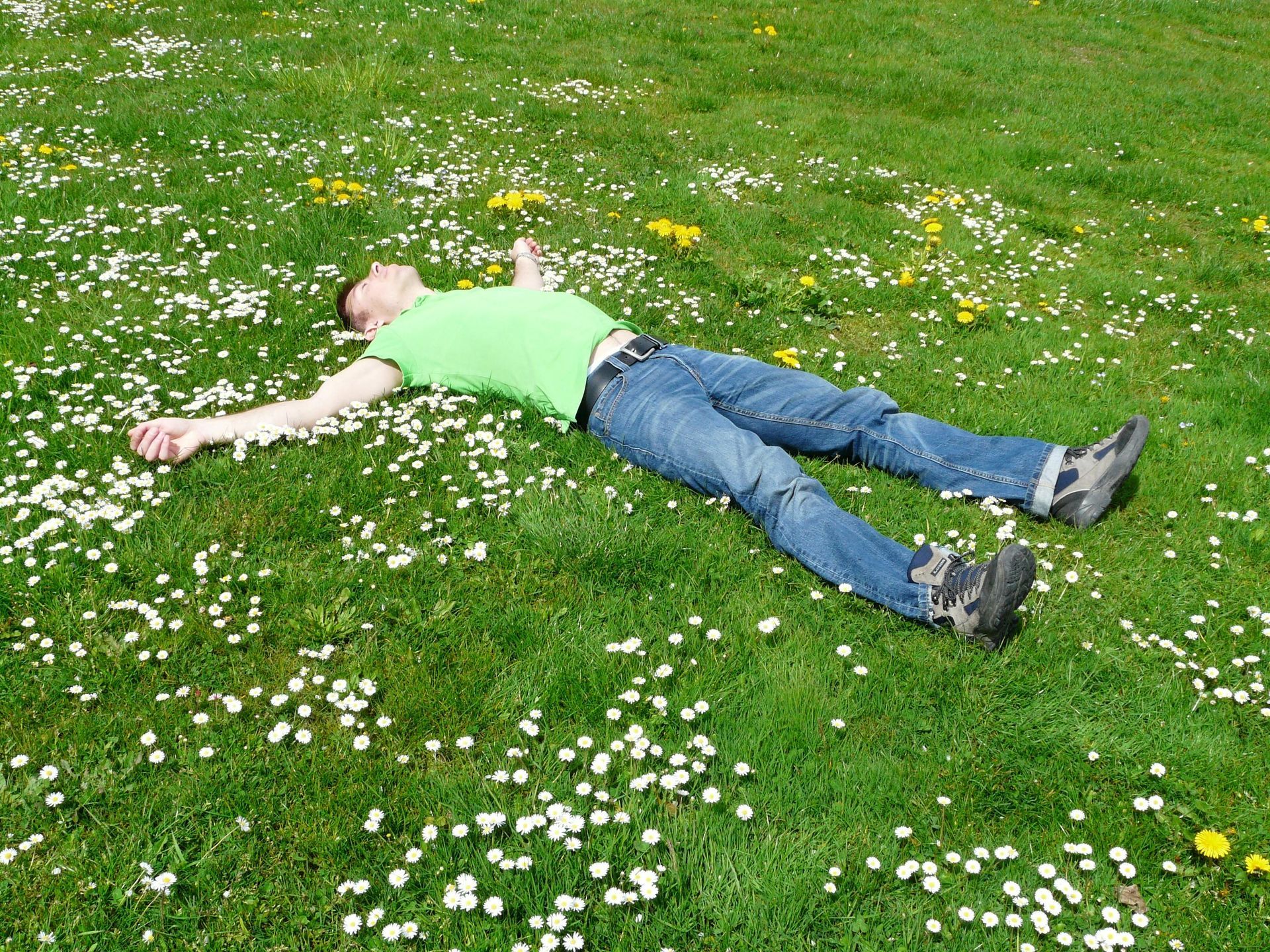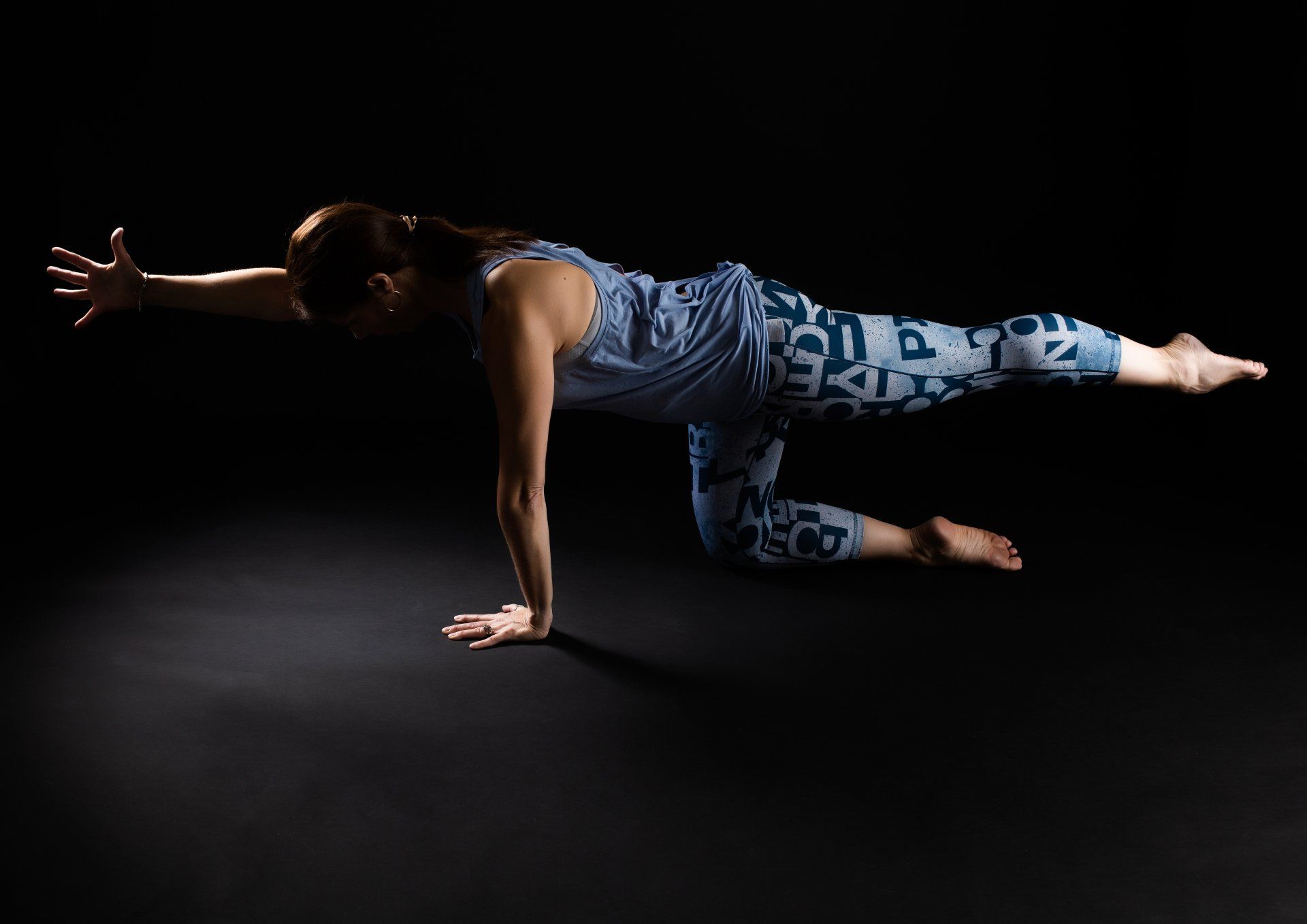The Easy Guide to your Best Stretches Ever
And we're getting scientific!
If you've been here for a while, you know we often channel our inner Katy and ask "Why are we doing this?".
But today's email isn't, in fact, thanks to Katy...but comes courtesy of Cara who also often wonders "what's this doing?".
And she asked "How long should I be holding this stretch to feel better?"
Great question!
Coincidentally, I came across a recent study over Christmas*, which was looking to understand:
- how often and for how long static stretches should be held;
- and whether there's a difference based on the muscles being stretched, gender, training status or baseline flexibility.
Static stretches are the sort you hold a stretch in one position.
As opposed to dynamic stretching where you're moving through a stretch.
* yes, I need to get out more.
How long should you hold the stretch for immediate improvement?
This is interesting.
The research suggests you'll get the most short-term benefits from four minutes of stretching for that muscle group.
Does that mean holding a hamstring stretch for four minutes?
No!
It means stretching for a total of four minutes - and not even necessarily the same stretch - e.g. 30secs x 8
That could be one 30 sec stretch lying on your back with your leg above your hips in the air.
Another 30 secs in down dog.
Yet another 30 secs sitting on the floor with your legs in front of you as you reach for your feet.
And 30 more secs, standing bent over trying to put your hands on the floor.
Then repeated (and making sure you do each leg).
Yes, they could be mixed with other stretches.
Will you still get a short term benefit if you stretch for fewer than 4 minutes?
Yes. Not as much benefit as if you did 4 mins, but you'll still get a benefit.
And 4 mins seems to be about the max stretch as it seems you won't get more short term benefit from more minutes.
How often should you stretch to enjoy long-term benefits?
While 4 minutes gives has the best short term benefit, for longer-term benefits, you should aim for ten minutes per muscle, per week.
The ten minutes can be spread out over the week.
And yes your four minutes for short-term benefit definitely count towards the total.
So, let's say you want to get more flexibility in your shoulders because you're going to be doing an upper body session in the gym with shoulder presses.
You could do your 4 mins of shoulder stretches as part of your warm up.
And then spread the remaining 6 mins out during the rest of the week.
I'm stiff as a board! Is it too late for me to start?
Nope.
The study identified that if you've got lower flexibility levels, you'll see greater improvement!
Yippee!
What's the way to the best stretches ever then?
I've been noodling on flexibility quite a lot recently.
Because - nerd.
And here's what I've got for you so you can start getting a regular flexibility practice.
Introducing "Feel Good, Move Better" a four-week stretch program designed to help you get more flexy, move more comfortably and release tight muscles.
Whether you sit for work all day.
Or you're feeling the effects of busy mid-life living.
This weekly 30-minute class will guide you through simple yet effective stretches to:
- Get a baseline for your ten minutes per muscle group per week; so you can
- Improve your flexibility and range of movement; so you can
- Enjoy more comfortable daily movement; AND.
- Start Friday energised and ready for the weekend
Here’s How It Works:
- When: Fridays at 8am, starting 7th February 2025
- Yes, this is part of the regular Strength & Stretch session. But you can join just for the stretching part!
- Where: Delivered live via Zoom, from the comfort of your own home.
- What You’ll Get: Expertly guided sessions focusing on targeted stretches for lasting relief—perfect even if you’re new to stretching.
- What you'll need: A mat, a cushion, and a strap or your dressing gown belt.
- What you'll take away with you: Learn the best stretches that you can repeat throughout the week.
- And you'll get access to the recordings of the classes so you can practice them without me.
Ready to Feel Amazing in Just 30 Minutes a Week?
Sign up for the full four-week block here today for just £20 and commit to making everything feel happy again.










